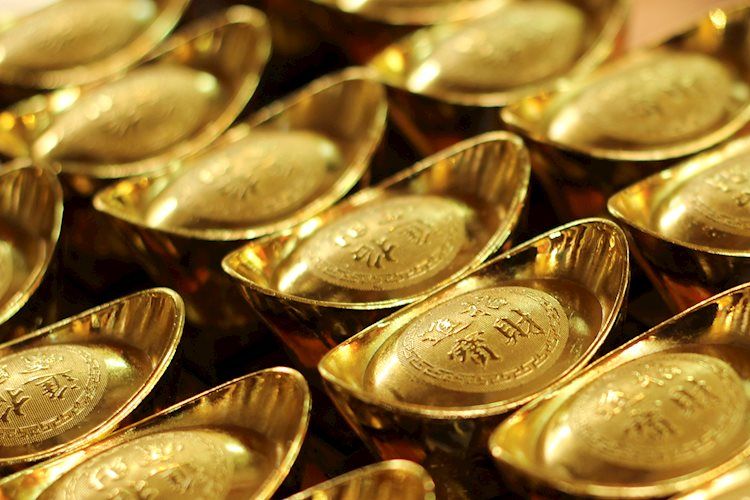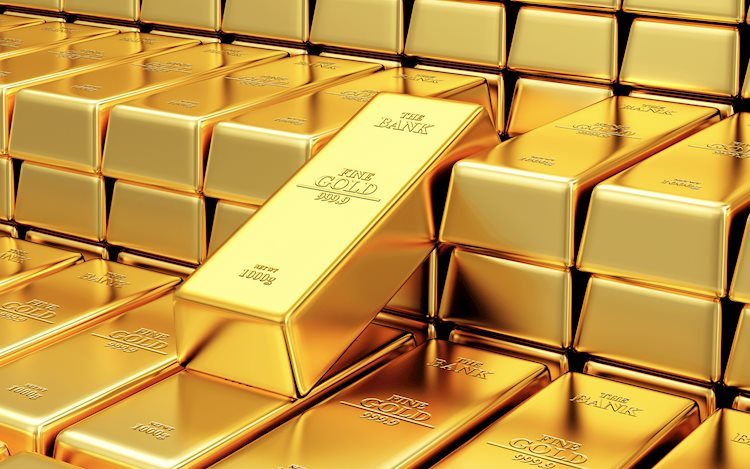Gold prices in India saw an increase on Friday, as reported by India’s Multi Commodity Exchange (MCX).
The price of gold reached 62,333 Indian Rupees (INR) per 10 grams, showing a rise of INR 238 compared to the previous day’s price of INR 62,095.
In terms of futures contracts, gold prices dipped slightly to INR 62,406 per 10 grams from INR 62,567 per 10 grams.
Meanwhile, silver futures contracts also saw a decrease to INR 71,059 per kg from INR 71,279 per kg.
| Major Indian city | Gold Price |
|---|---|
| Ahmedabad | 64,545 |
| Mumbai | 64,385 |
| New Delhi | 64,460 |
| Chennai | 64,510 |
| Kolkata | 64,540 |
Insight: Gold Market Trends and Global Factors
Despite the rise in gold prices in India, the global market is closely monitoring various factors that could influence the price of gold in the coming months:
- The US inflation data meeting market expectations hints towards potential interest rate cuts by the Federal Reserve, which could impact gold prices.
- The Core US PCE Price Index’s increase in January and the easing yearly rate suggest a cautious approach by the Fed towards monetary policy adjustments.
- Statements from Fed officials, like Atlanta Fed President Raphael Bostic and San Francisco Fed President Mary Daly, indicate a possible shift towards rate cuts but emphasize the current strength of the US economy.
- The US Treasury bond yields and global equity market performances play a role in shaping the demand for safe-haven assets like gold.
(An automation tool was used in creating this post.)
Gold FAQs
Gold has always been a significant asset throughout history, serving as a store of value and medium of exchange. In modern times, gold is considered a safe-haven asset during times of uncertainty and as a hedge against inflation and currency depreciation.
Central banks, particularly those in emerging economies like China and India, are increasing their gold reserves to strengthen their economies and currencies during turbulent periods.
The price of gold is influenced by various factors, including geopolitical tensions, economic instability, and currency movements. It also has an inverse relationship with the US Dollar and US Treasuries.
Understanding the dynamics of the gold market and its correlation with global economic events is essential for investors and policymakers alike.









